The Geminids peak on the 13th of December, but how will this month's Supermoon affect them
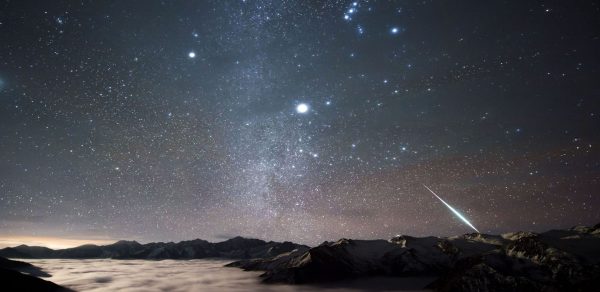
The Geminids are THE meteor shower to see in the Southern Hemisphere and on the night of the 13th/14th of December they’re going to be at their peak. The meteor shower will be viewable in Australian Cities between 10 pm to 4 am, with the best time to view the being 11 pm to 2 am.
Instead of getting 10 to 30 meteors per hour like most meteor showers, you’ll get to see anywhere from 100 to 120 meteors per hour with the Geminids. But this year, a Supermoon has decided to inconveniently photo bomb the Geminids so we should be looking at 50 to 60 meteors.
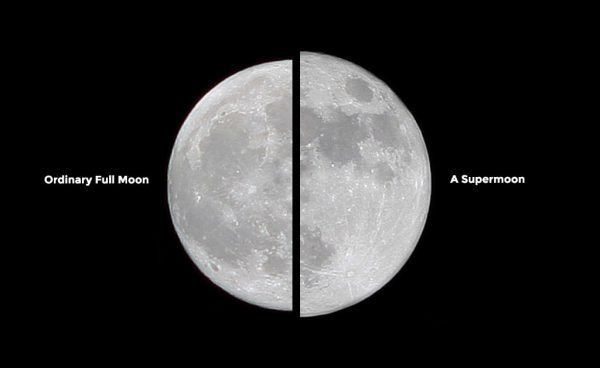
A Supermoon is when you have a new or full moon which occurs within 90% of the Moon’s closest approach to the Earth. The Moon orbit is not perfectly circular and is slightly egged shaped with its furthest point away from the Earth called Apogee, and its closest point called Perigee. The Moons average distance from The Earth is 384,400 kilometres. The past two months have had a Supermoon with the last month’s Supermoon only being 356,509 kilometres away from The Earth. This means The Moon will appear around 14% bigger and 30% brighter than usual.
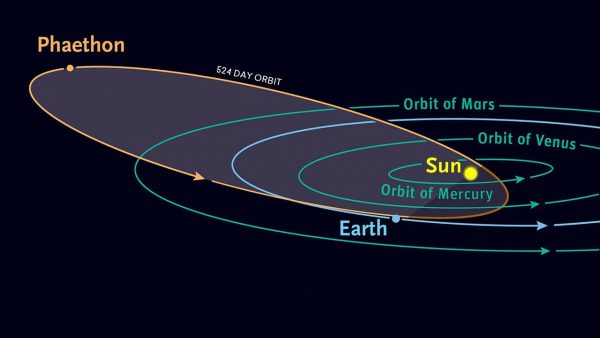
The Geminids which were first discovered in 1862 and occur because The Earth is travelling through the leftover material from the tail of an asteroid with the lovely name of 3200 Phaethon, this asteroid is considered a rock comet which is an asteroid the shares some characteristics with a comet-like tail or surface jets. The meteor shower appears to come from the Gemini constellation with the streaks being caused by tiny dust particulars and meteors hitting our atmosphere at tremendous speed and burning up due to the friction.
Now at this stage, you’re probably thinking that’s great, but am I going to have to get up at an ungodly hour in the early morning to view these? Well, you’re in luck as the constellation Gemini after which the meteor shower is named after appears in our sky around 10 at night so it’s best to go out and watch for them after midnight when Gemini is a higher in the sky as the shower gets better throughout the night.
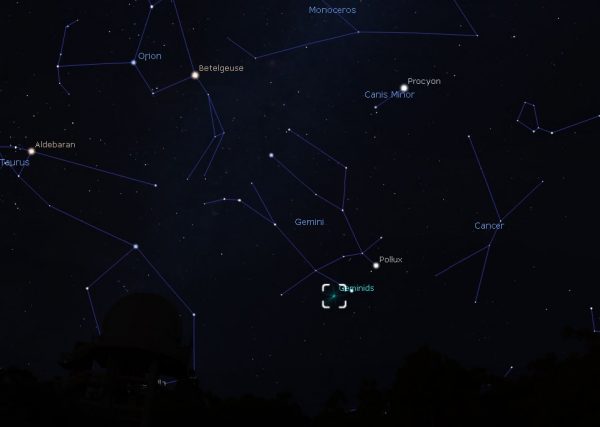
This year the Perth Observatory will be opening up from 11 pm to 2 am so you can come up with an outdoor chair or even a bean bag and enjoy watching the meteor shower from the public viewing area at the Observatory. If you can’t get to the Observatory the best way to see the meteor shower is to find a location well away from street lights. You can still see these meteors from the middle of a city, but you’ll see a reduced number of them because of the huge amount of light pollution.
You should sit or lay down outside for at least 15 to 20 minutes to let your eyes adjust to the dark sky. While your eyes will start to adjust straight away, you’ll need this time to allow your eyes to fully adjust.
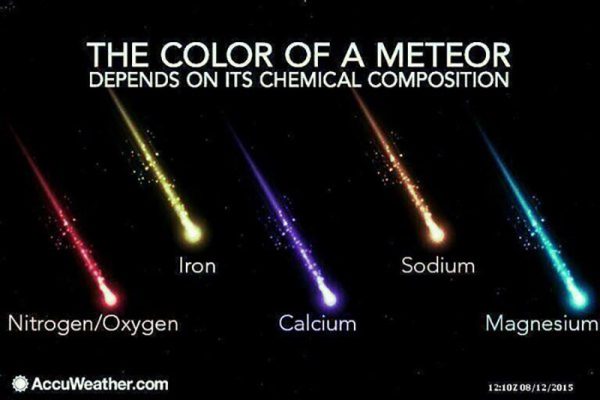
Instead of taking your phone out with you, I suggest a Milo or Coffee as the bright light from the screen will destroy your night vision and it might be cold outside. If you need a torch it’s best to have a red light torch on hand. The red-light does the least amount of damage to your night vision but still allows you to clearly see the surrounding area around you.
If you don’t have one, you can make one by placing red cellophane over the torches light and using a rubber band to hold it in place.
When looking at Gemini try to look about 30 to 45 degrees left or right of the constellation. This is because the meteors aren’t necessary coming from the Gemini constellation, but if you trace the meteor streaks that occur back to their radiant point it’s the Gemini constellation.
To measure the 30 to 45 degrees’ check out the diagram below so you can measure with your hand on the night.
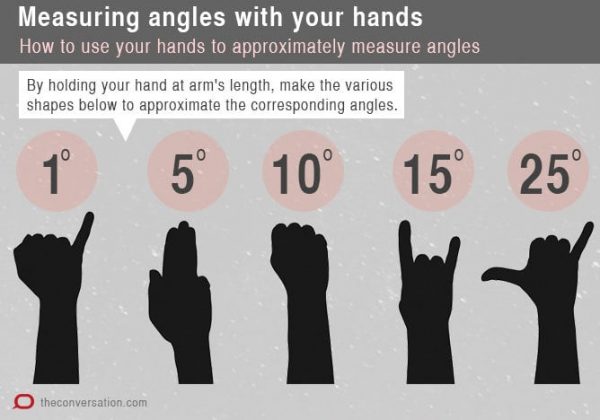
If you want to help researchers and become a citizen scientist in the process, you can download the Fireballs in the Sky app and report your sightings if you see a very very bright streak happen. The app has tutorials and the data you record will help researchers from our very own Curtin University.
Need something to do while on holidays in January we’re running Night Sky Tours most night in January, so there are plenty of chances to come up and experience our amazing night sky through our wide range of telescopes. We’re also putting on a New Year Eve Night Sky Tour this year.
The tour will finish by 10:30 pm giving you plenty of time to drive to one of the Perth Hills many lookouts and take in all the fireworks from around Perth at the stroke of midnight and bring in the New Year.





